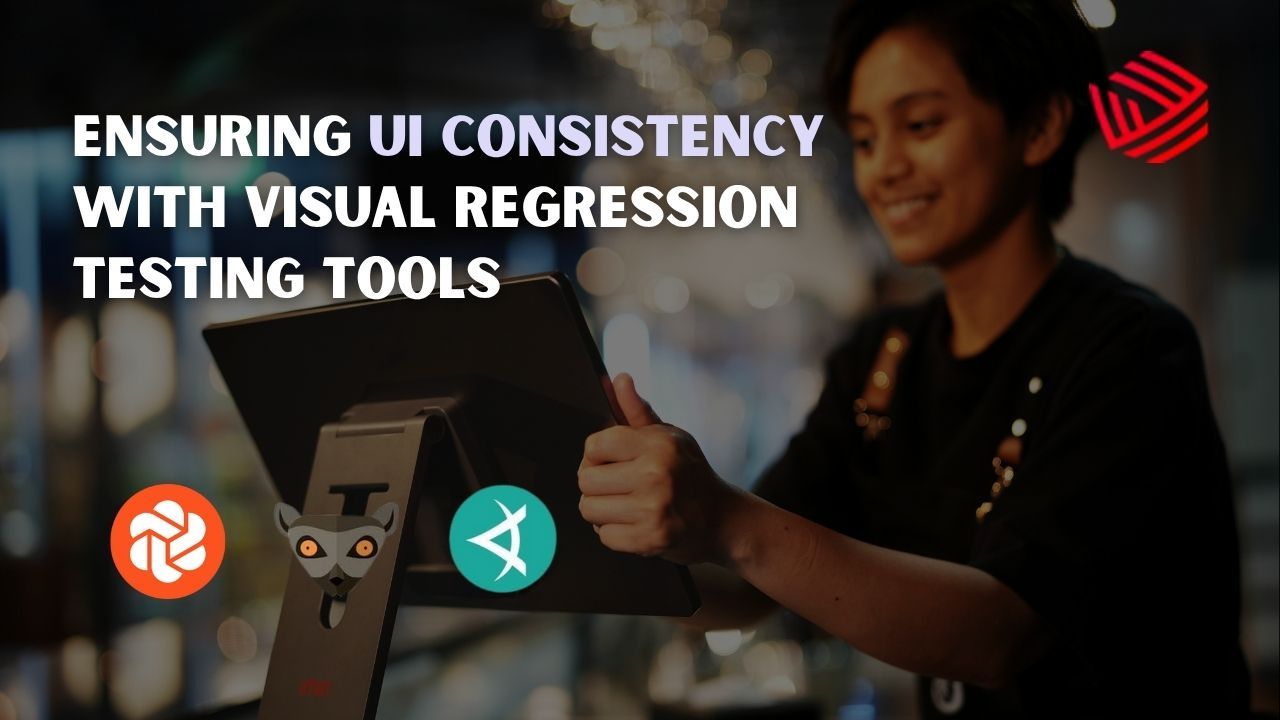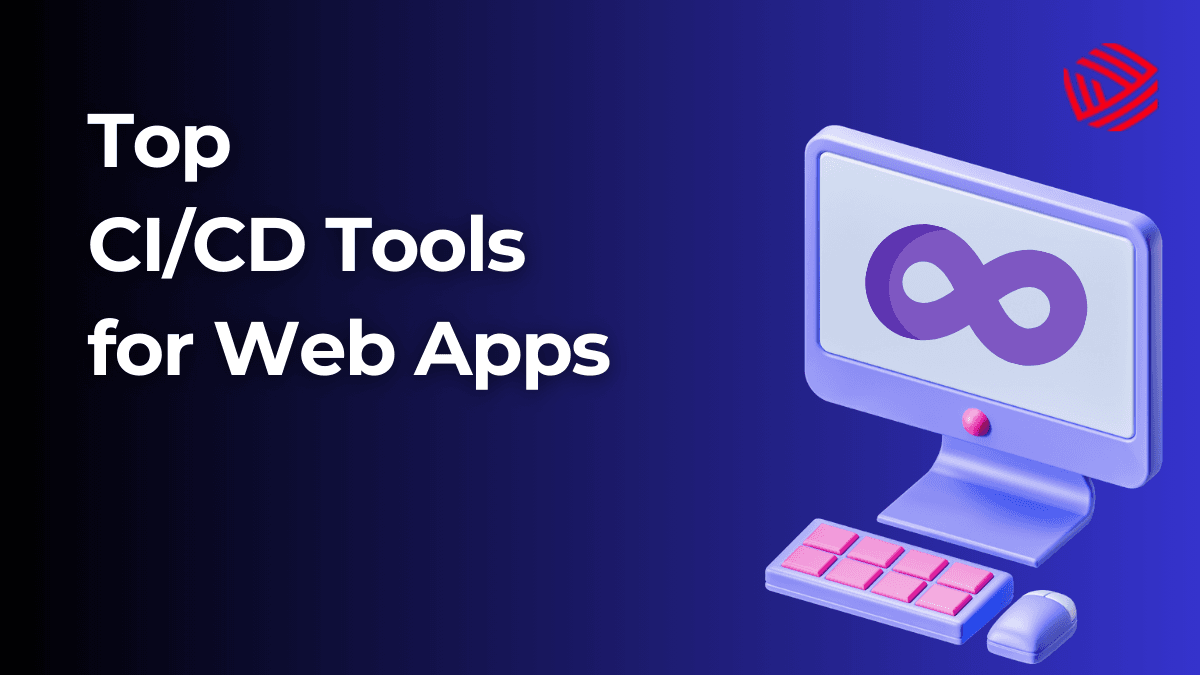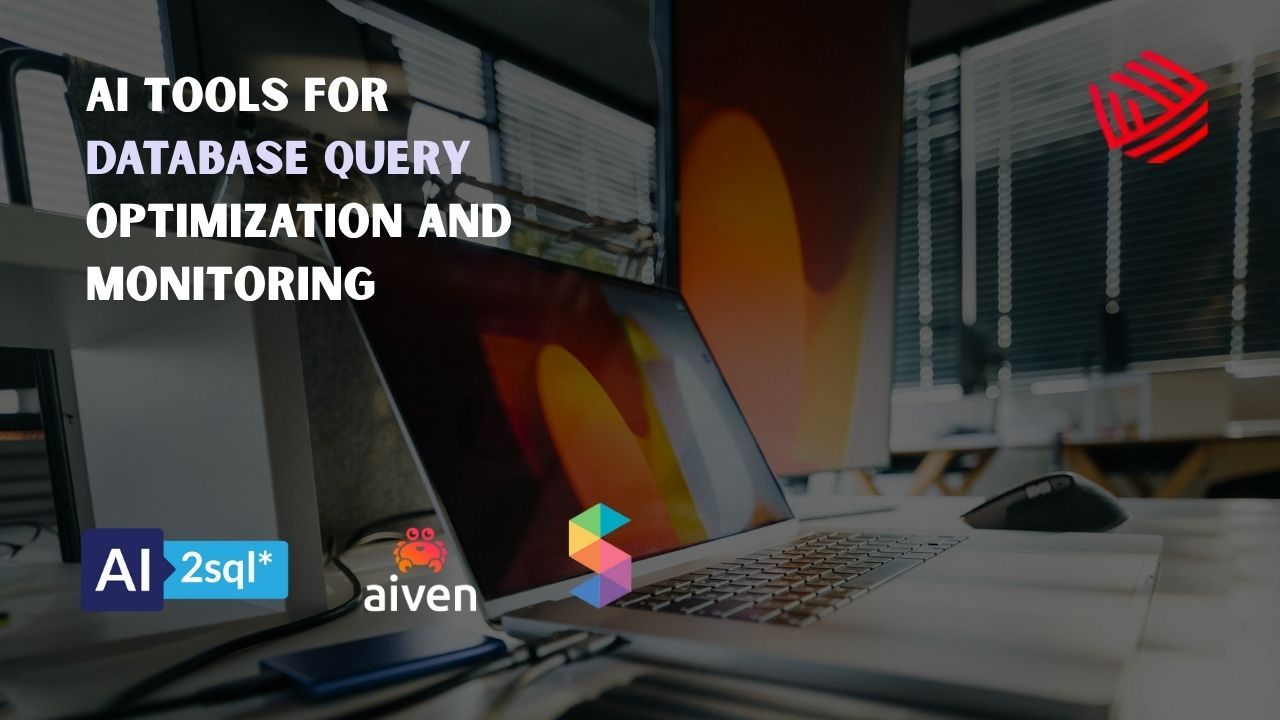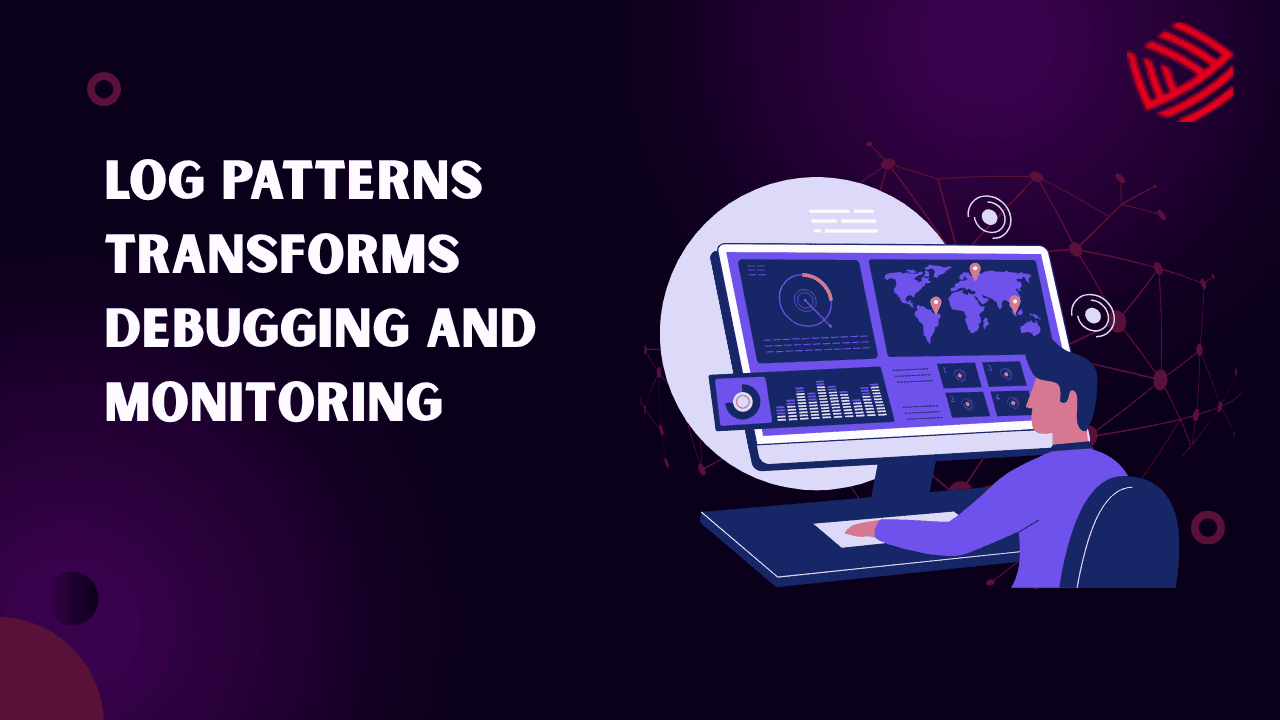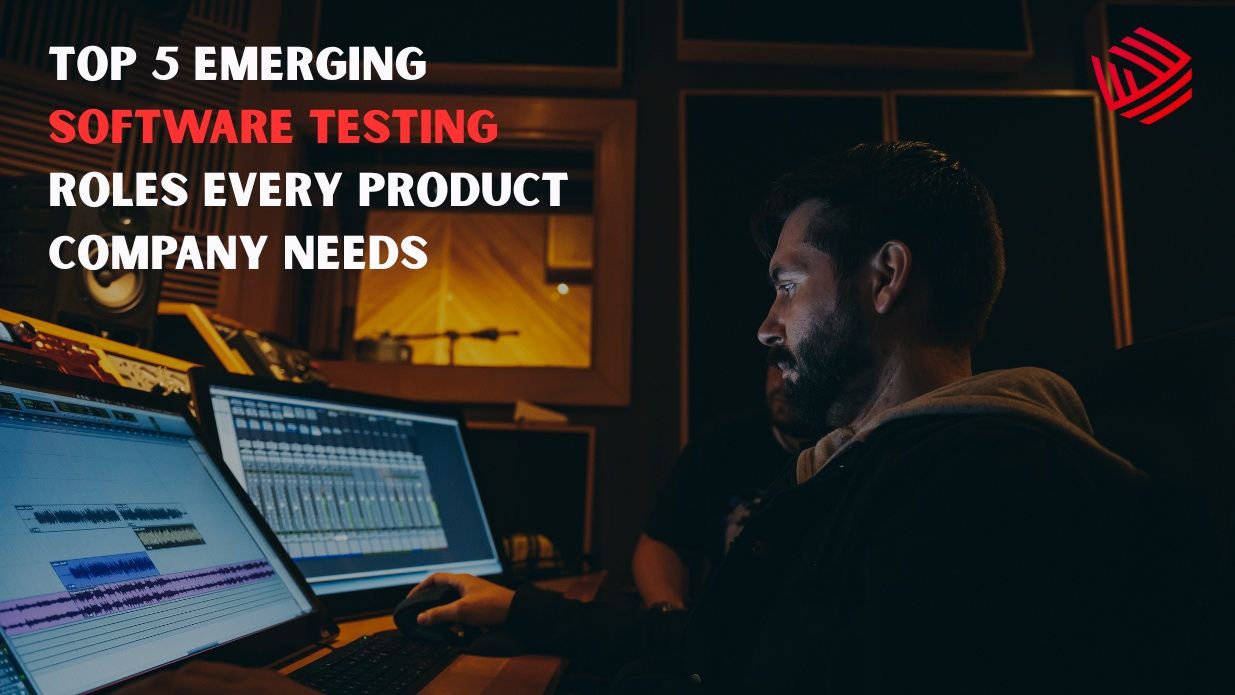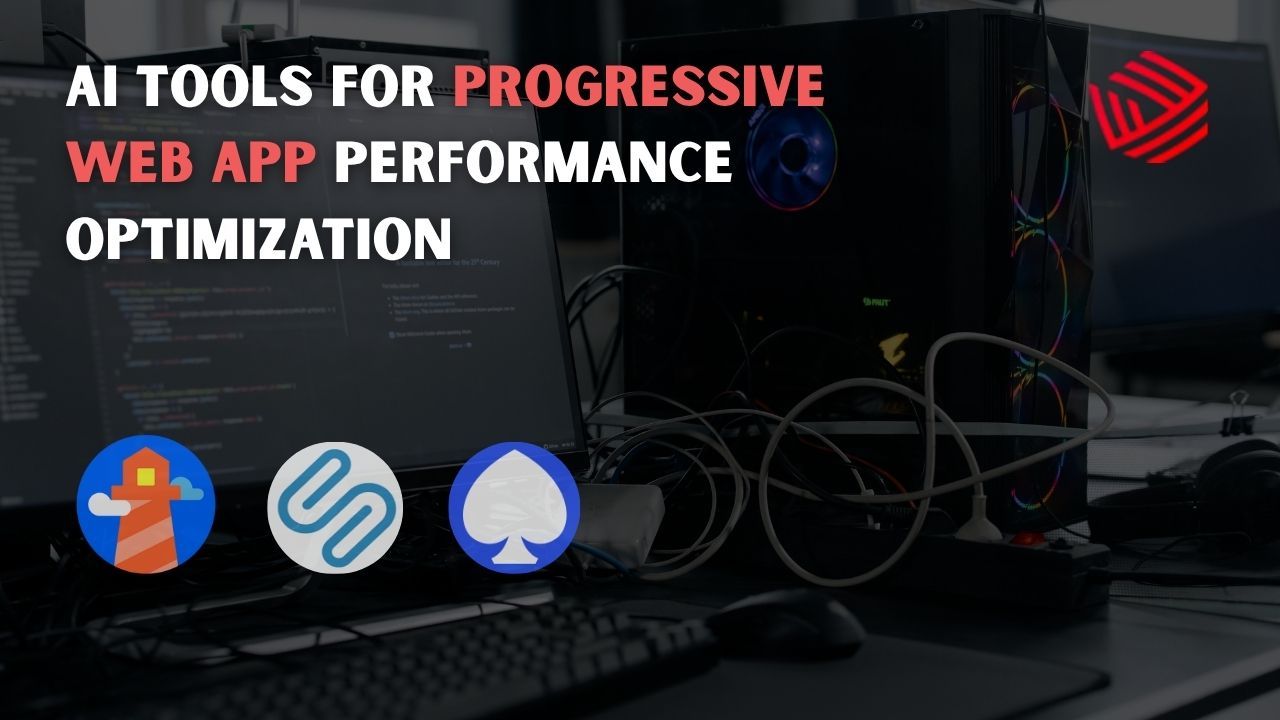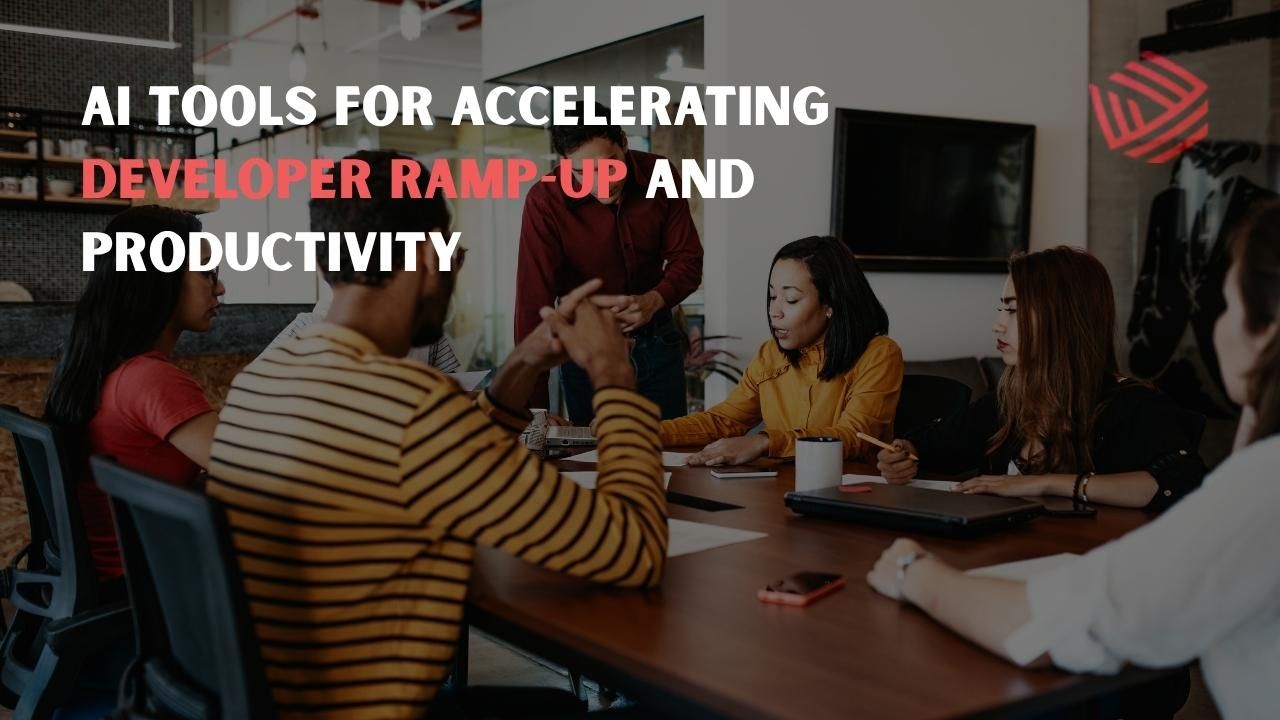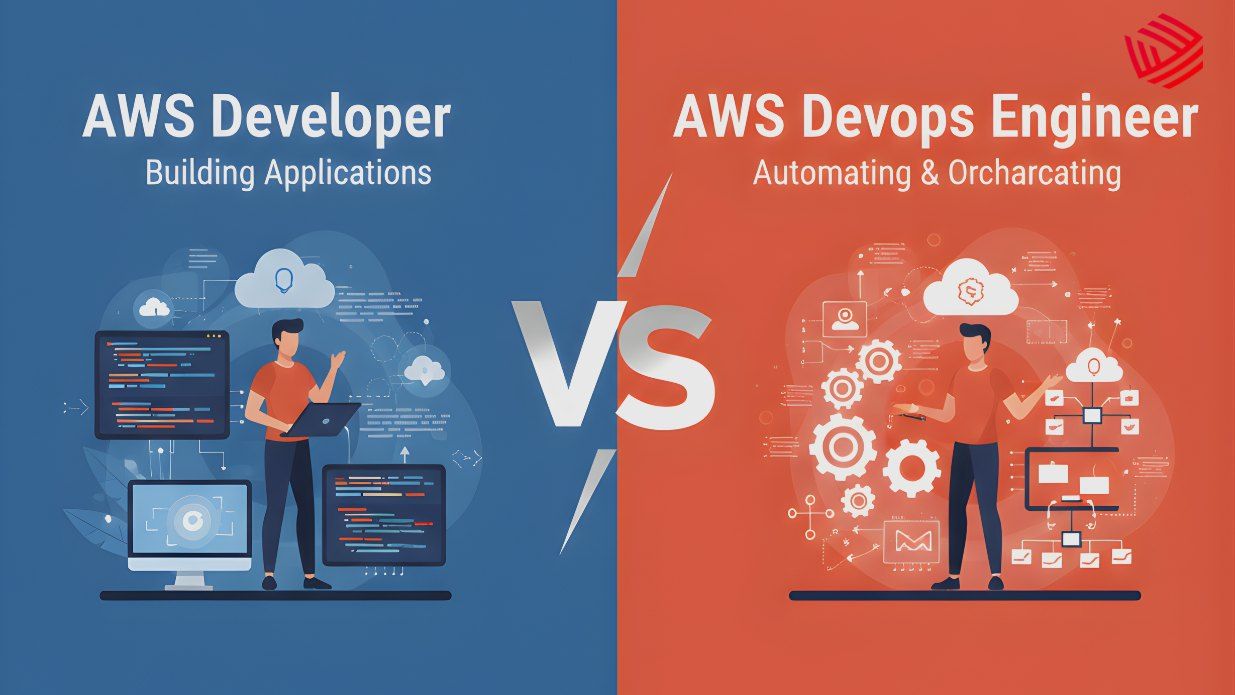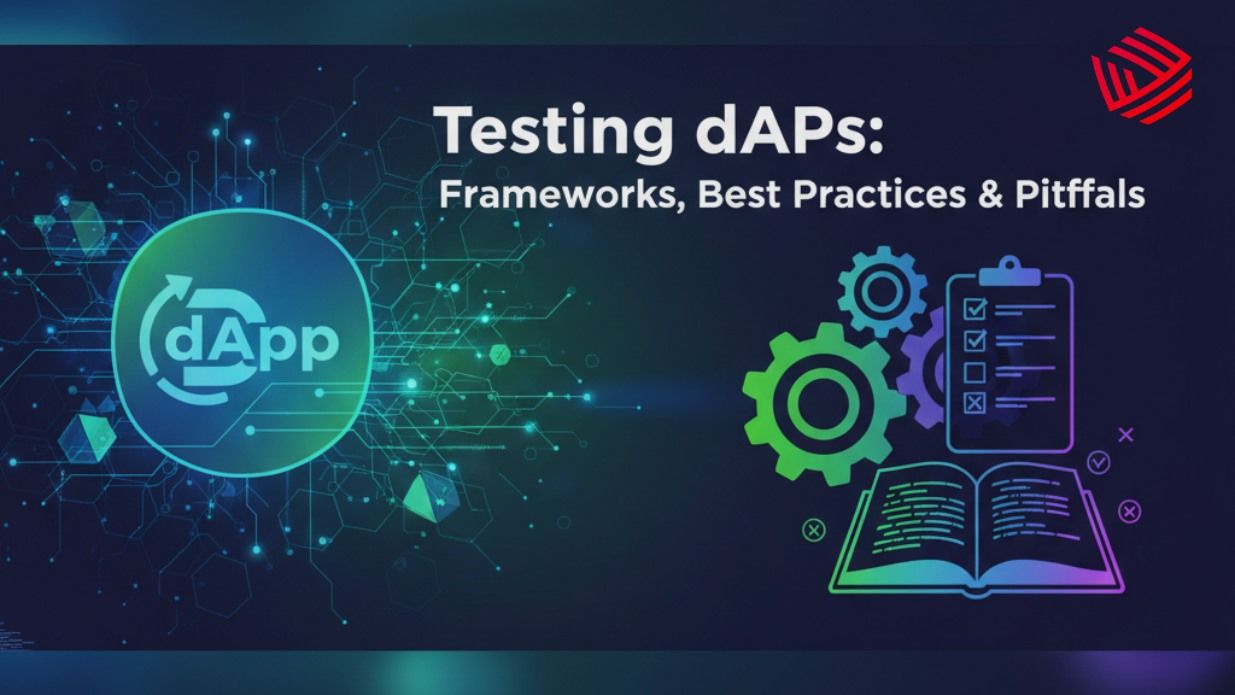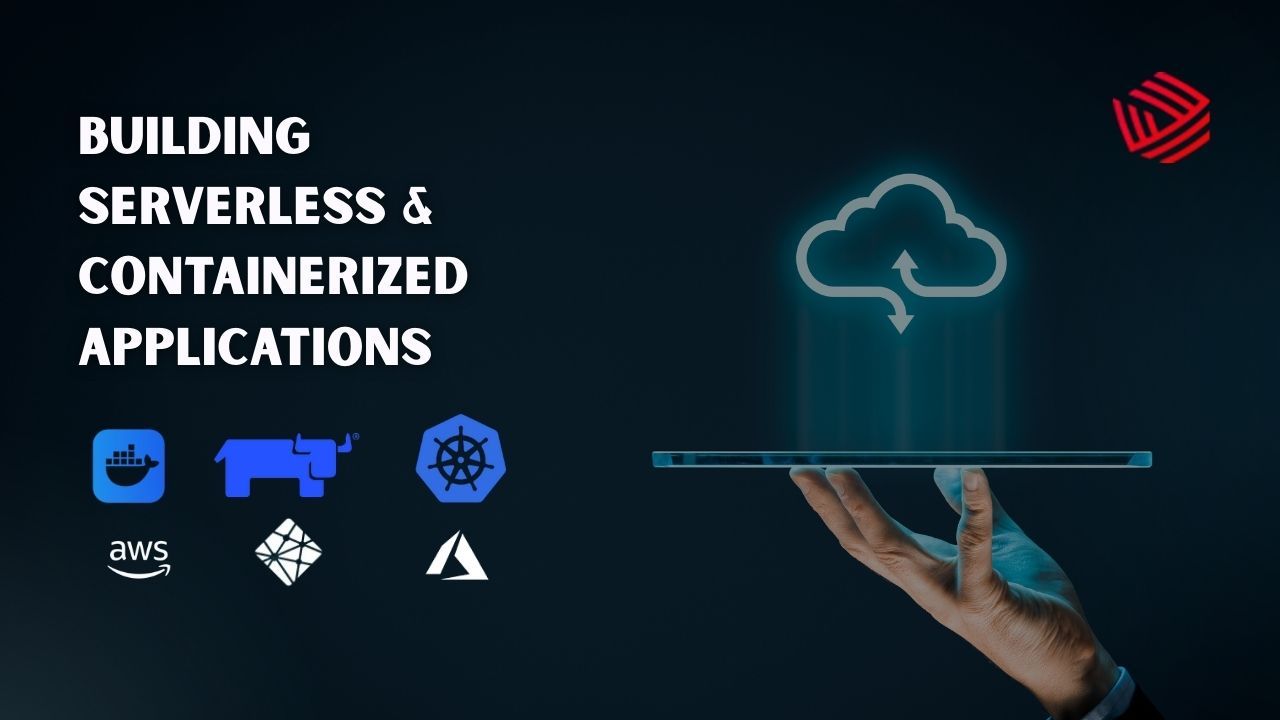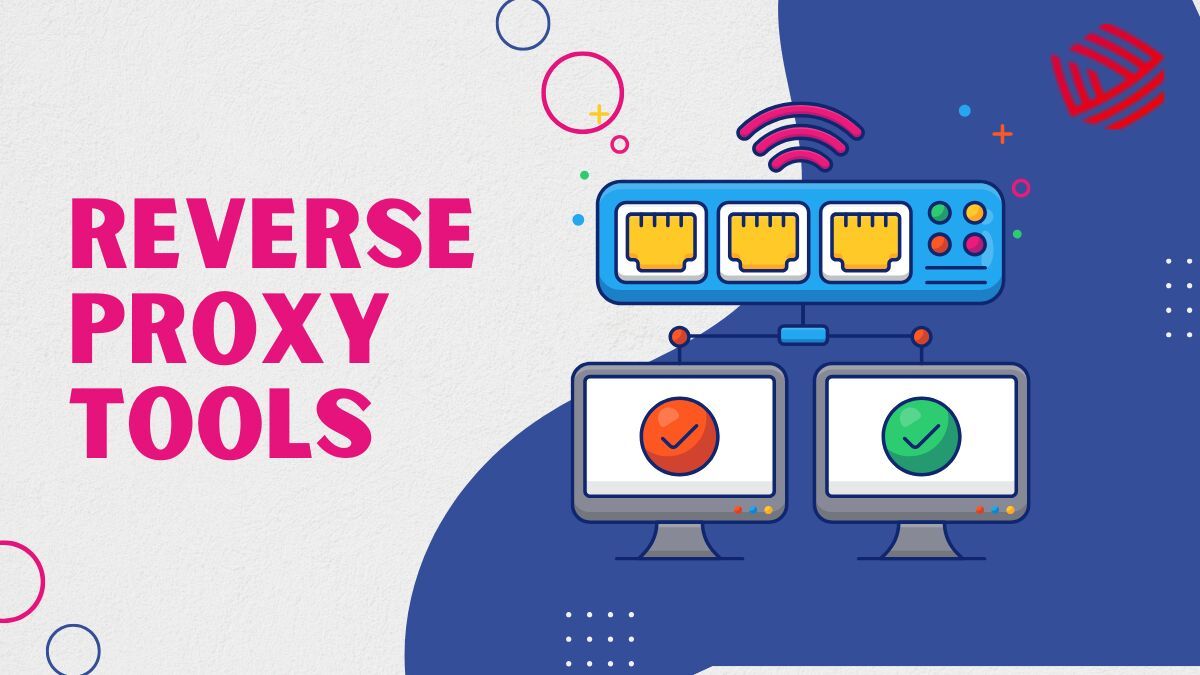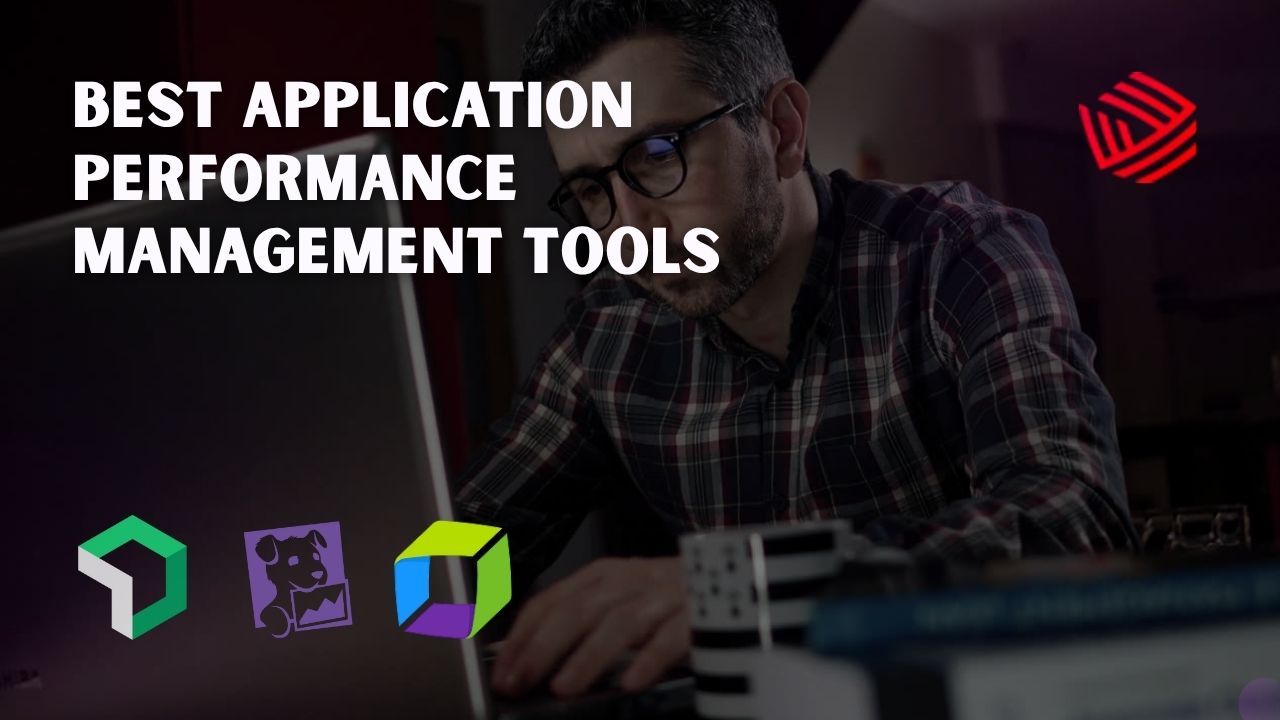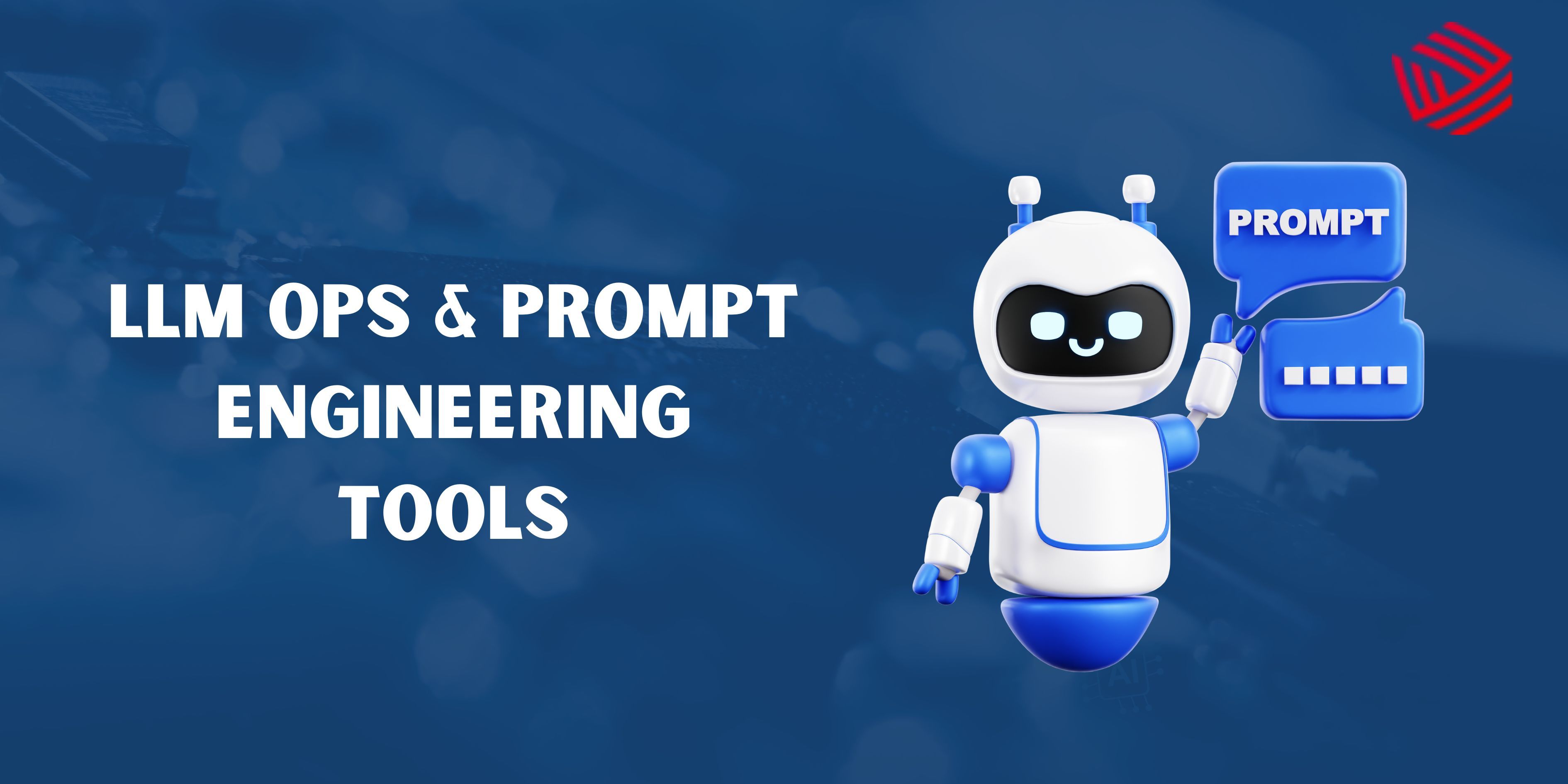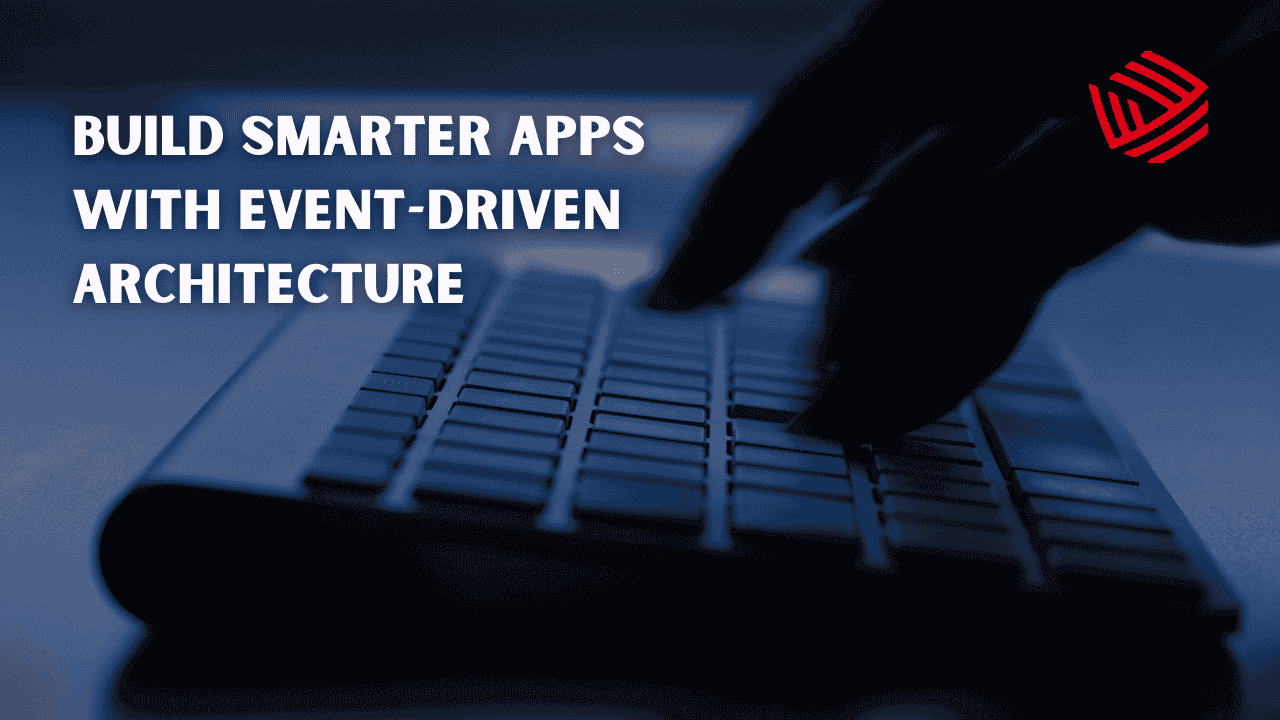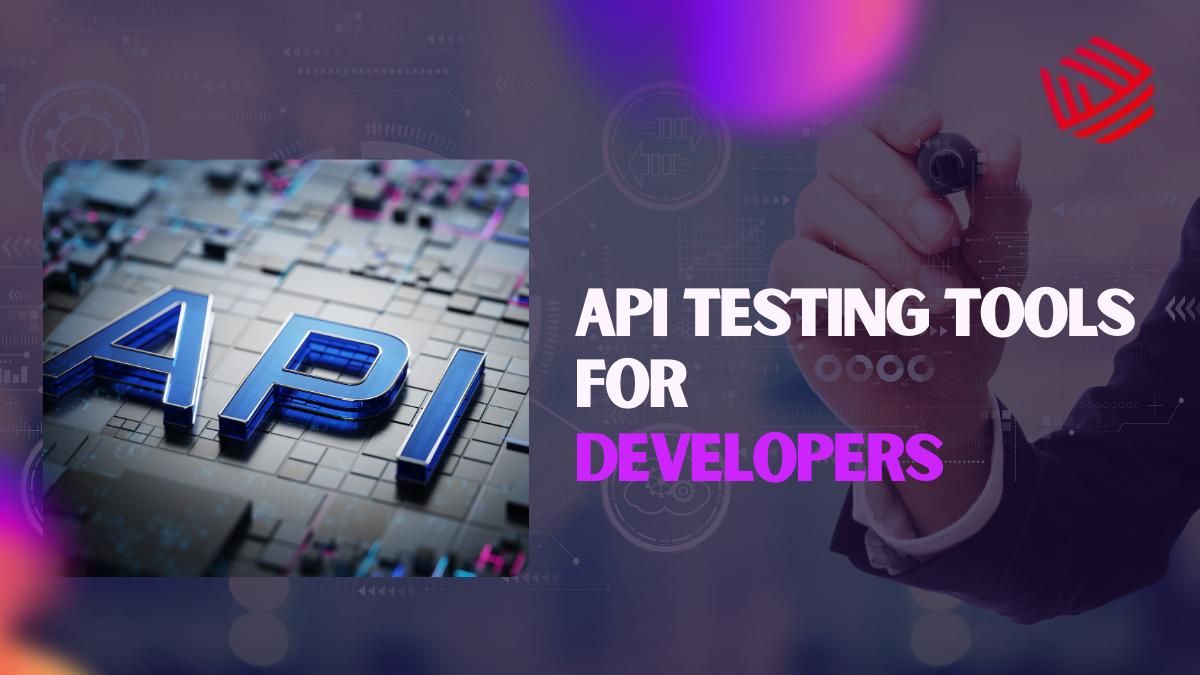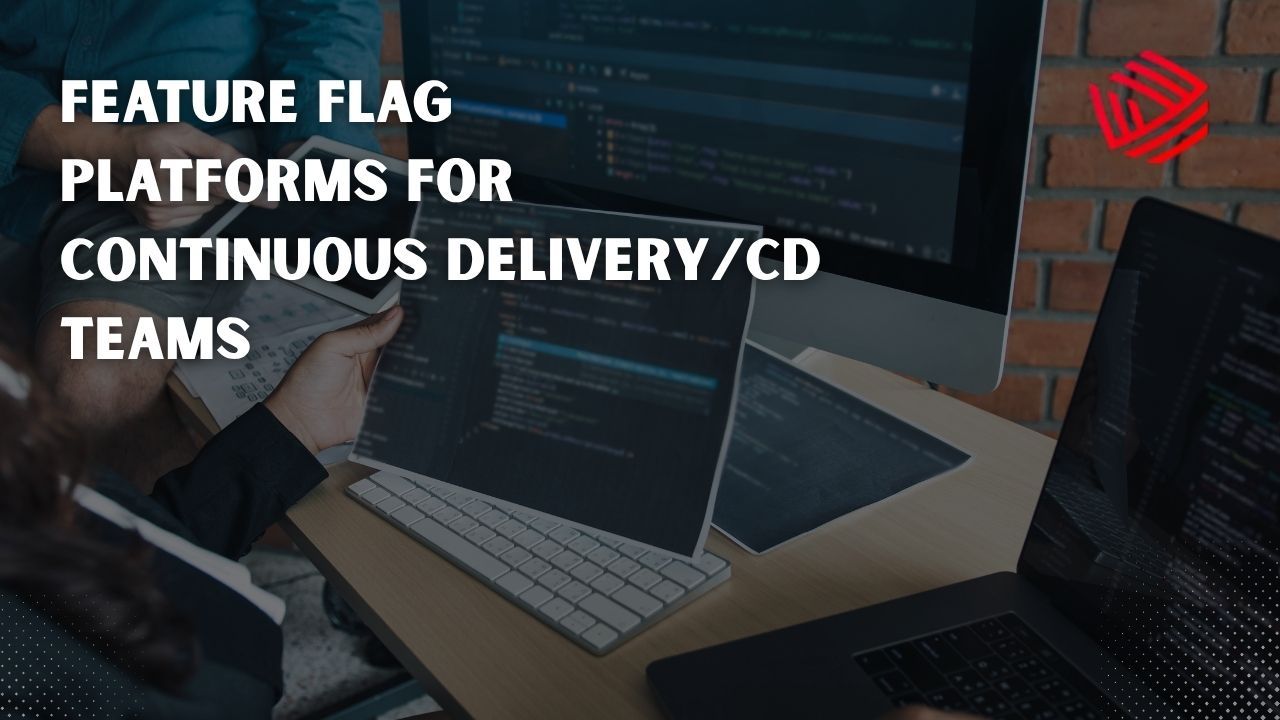The eCommerce landscape is unforgiving as users want products from only good websites and that good differs. With new brands launching daily and consumer expectations evolving at lightning speed, your site has seconds to capture attention—or risk losing it forever. Studies suggest that nearly 70% of online carts are abandoned, and the reasons often boil down to preventable mistakes: intrusive pop-ups, poor user experience (UX), and misleading promotions.
If your bounce rates are creeping up and conversions dipping, it’s time to ask: What’s driving shoppers away? In this article, we’ll unpack the biggest pitfalls and provide actionable strategies to stop losing customers
1. The Modern Shopper’s Mindset
Today’s shopper is sharper, faster, and more demanding than ever. With Gen Z and Millennials dominating online purchases, patience has hit an all-time low. They want:
- Instant speed: Load times under two seconds.
- Mobile-first design: 70%+ of purchases now happen on smartphones.
- Personalization: Tailored offers, not blanket discounts.
- Trust and transparency: Clear prices, honest policies.
Shoppers see through manipulative tactics, and with endless alternatives just a click away, loyalty can’t be taken for granted. If you don’t respect their time and intelligence, they’ll leave.
2. The Pop-Up Problem
Once hailed as clever marketing tools, pop-ups have now become one of the top reasons users click away. Why? Because they’re everywhere.
Where brands go wrong:
- Bombarding visitors with sign-up requests within seconds.
- Layering multiple offers that block browsing.
- Ignoring mobile optimization, where pop-ups cover entire screens.
How shoppers respond: Most see these as interruptions, not value. In fact, HubSpot research shows that 73% of consumers dislike pop-ups that appear too early.
Better practices:
- Trigger pop-ups only after meaningful engagement (e.g., adding to cart).
- Keep them small, skippable, and timed for relevance.
- Test exit-intent offers, but limit frequency.
A smarter approach respects the browsing journey instead of hijacking it.
3. Poor User Experience (UX)
UX is the invisible glue holding your eCommerce experience together. Break it, and shoppers won’t just leave—they won’t come back.
Common UX sins:
- Slow site speed: Amazon data shows every extra second of load time costs 7% in conversions.
- Overloaded navigation: Too many categories or dropdowns overwhelm buyers.
- Non-responsive design: Besides mobile development, the site responsiveness isn’t optional—it’s survival.
- Accessibility neglect: Brands ignoring inclusive design alienate 15%+ of global shoppers.
How to fix it:
- Invest in performance optimization (compressed images, CDNs, clean code).
- Streamline menus with clear product categories.
- Design for mobile first, desktop second.
- Audit accessibility using WCAG standards.
The smoother your site feels, the less resistance shoppers encounter.
4. Promo & Discount Mistakes
Discounts are meant to delight. Yet when executed poorly, they create frustration.
Examples of promo missteps:
- Coupons that don’t apply at checkout.
- Promises of “free shipping” with hidden minimum spend.
- Outdated or expired offers still displayed.
- Blanket discounts irrelevant to shopper behavior.
What works:
- Personalized promos: Data-driven offers based on browsing or purchase history.
- Transparent pricing: Show final costs upfront, no hidden surprises.
- Simplified redemption: One-click application of discounts.
Transparency earns trust, and trust drives repeat purchases.
5. Other Conversion Killers
Beyond UX and promos, several subtle factors quietly push shoppers away:
- Weak trust signals: No visible reviews, unclear return policies, missing SSL security badges.
- Limited payment methods: Shoppers expect Apple Pay, Google Pay, PayPal, and Buy Now Pay Later (BNPL) options.
- Generic product descriptions: AI-generated copy with no unique voice or details fails to engage.
- Poor imagery: Low-quality photos or lack of product videos leave buyers unconvinced.
These details might seem minor, but together, they create an impression of unreliability.
6. Data & Stats: Proof That It Matters
Numbers don’t lie. Here are some fresh insights:
- 70% of online carts are abandoned globally (Baymard Institute).
- 42% of shoppers say slow load times directly cause them to leave a site.
- 55% of Gen Z consumers abandon brands that bombard them with irrelevant promotions.
- 82% of mobile shoppers won’t return to a site with poor responsiveness.
These stats underline the urgency of addressing these issues now.
7. Case Examples Across Industries
- Fashion Retailer: A mid-sized brand reduced bounce rates by 18% after removing entry pop-ups and streamlining checkout.
- Electronics Store: By adding BNPL and PayPal options, conversions rose 22% within three months.
- Beauty eCommerce: Personalized promos based on browsing history doubled repeat purchases compared to blanket discounts.
Real results prove that small tweaks can lead to major gains.
8. Future Outlook
The next wave of eCommerce will be shaped by:
- AI-powered personalization that feels human, not robotic.
- Inovations in cloud and devOps technology advancements.
- Voice search optimization, as shoppers increasingly browse via smart assistants.
- Seamless checkout ecosystems with one-click universal payments.
- Greater transparency around sustainability and data privacy.
Brands that continuously adapt to these trends will thrive; those that stick to outdated tactics will keep losing shoppers.
Conclusion
Shoppers aren’t just leaving your site because they don’t like your products—they’re leaving because the experience lets them down. Intrusive pop-ups, frustrating UX, and misleading promotions send a clear message: “This brand doesn’t value my time.”
The good news? These are fixable. Audit your site, simplify your journey, and put the customer first. Shoppers today reward honesty, speed, and personalization. Meet their expectations, and they won’t just stay—they’ll come back



